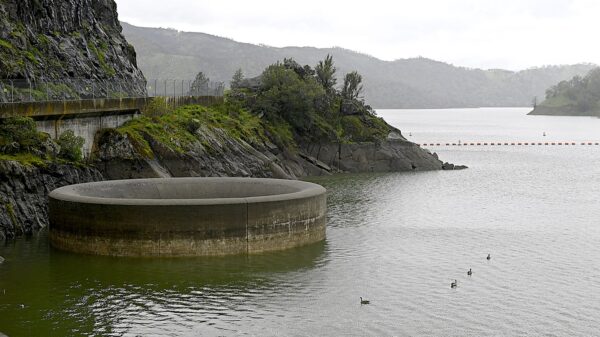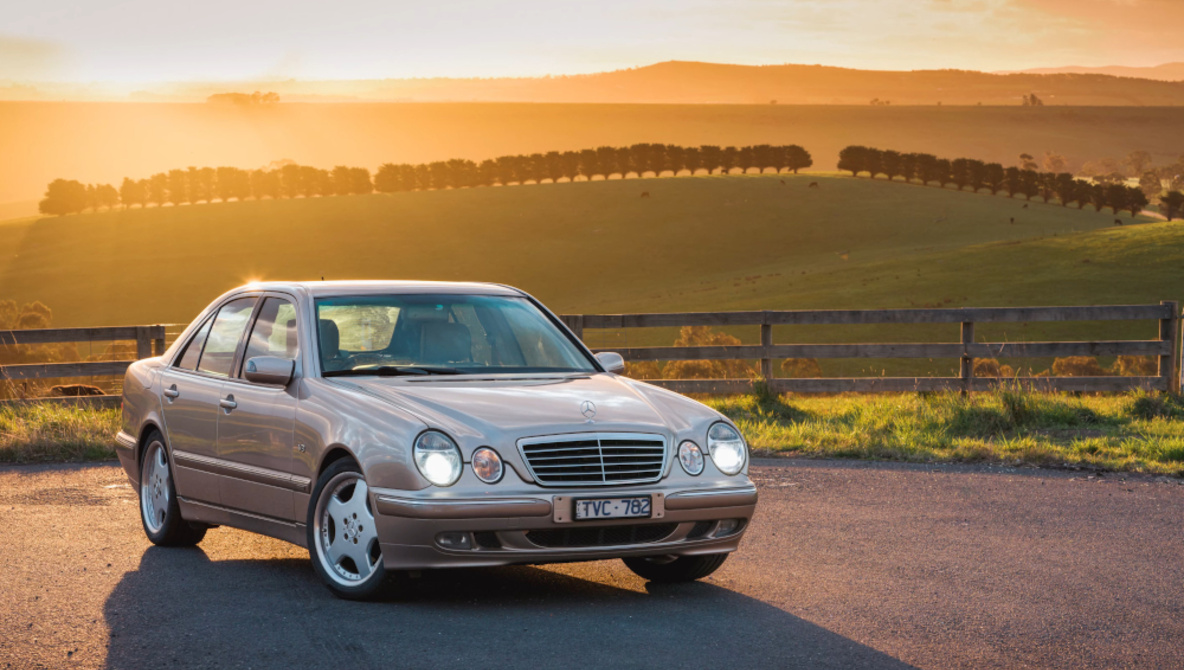The launch of the Hasselblad 35-100mm E Lens promises to change the landscape of car photography by offering a versatile option that eliminates the need for multiple prime lenses. This new lens provides a zoom range that suits a wide array of photography needs, from capturing vehicles in striking environments to detailed landscapes and portraits.
In a recent video, photographer Fritz elaborated on the advantages of the 35-100mm E Lens. He emphasized its capability to handle various subjects without the constant need for lens changes, allowing photographers to seize fleeting moments more effectively. Fritz noted that 35mm is the widest focal length he prefers for car photography, while 100mm serves as an ideal length for capturing intricate details and complete views of vehicles.
Key Features and Practicality of the 35-100mm E Lens
This lens not only enhances convenience but also matches the sharpness typically associated with Hasselblad’s prime lenses. Fritz, who has substantial experience with these primes, highlighted that the 35-100mm can maintain high image quality, addressing concerns for those hesitant to shift from their preferred prime setups. He indicated that this lens could handle approximately 95% of his car photography needs and around 90% of his landscape shots, showcasing its practicality.
Fritz compared the new lens with its predecessor, the 35-75mm, pointing out that the extended reach of the 35-100mm is significant for various photographic contexts. In landscape photography, the ability to compress distant hills using longer focal lengths adds depth and character to images. For automotive photography, the 100mm end of the lens captures the form and detail of vehicles without distortion, essential for showcasing their design.
While the 35-100mm E Lens excels in versatility, Fritz acknowledged that other lenses, such as wider options for interior shots or extreme environmental compositions, still hold their place in a photographer’s toolkit. The lens specifications include a focal length of 36 to 97mm (35mm equivalent of 28 to 76mm), a maximum aperture of f/2.8 to 4, and a minimum focus distance ranging from 1.3′ to 1.6′.
Future Prospects and Complete Kit Considerations
Fritz also touched on the concept of Hasselblad’s “holy trinity” of zoom lenses, with the 35-100mm and the 20-35mm being key components. The anticipated addition of a telephoto zoom, likely in the 100-250mm range, could complete this ideal lens kit. For many photographers, the 35-100mm lens may cover nearly all their needs without the burden of carrying multiple primes, making it a practical and efficient choice.
Cost is a crucial factor in the decision-making process, and when compared to the potential expense of acquiring a set of prime lenses, the 35-100mm E Lens may present a more straightforward, economically viable option. Photographers looking for a balance of quality and convenience will find this lens an attractive addition to their gear.
For a comprehensive overview of the lens’s capabilities, viewers can check out the full video by Fritz. Alex Cooke, a Cleveland-based photographer and meteorologist, also highlights the importance of this lens in his own photography journey, which includes a passion for music and spending time with horses and rescue dogs.







































































